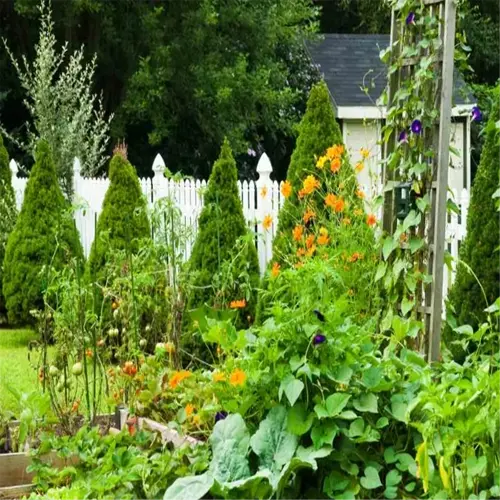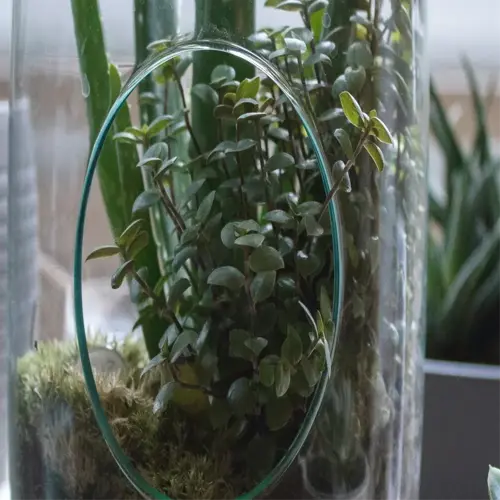What environmental factors increase overwatering risks?

Written by
Paul Reynolds
Reviewed by
Prof. Charles Hartman, Ph.D.The way plants use water is heavily influenced by environmental factors. If the plant is exposed to low light intensities, it limits photosynthesis and lowers evaporation will occur. If high humidity is present in the environment, the transpiration rate of that plant will decrease. Subsequently, cool temperatures at or below 60 °F (15 °C) will cause additional problems by slowing root activity. Collectively, these three conditions allude to the kind of "perfect storm" for waterlogged soil failures.
Light Conditions
- North-facing windows reduce evaporation by 40%
- Artificial light below 2000 lux limits water use
- Shaded outdoor areas prolong soil dampness
Humidity Levels
- Bathrooms/terrariums maintain 70%+ humidity
- Reduces plant transpiration rates
- Promotes fungal spore germination
Soil Composition
- Clay-heavy mixes retain water 5x longer
- Untreated garden soil compacts easily
- Lack of perlite/pumice restricts drainage
Seasonal Factors
- Winter dormancy reduces water needs by 60%
- Summer AC cools root zones unexpectedly
- Rainy seasons require pot drainage checks
I revived an overwatered peace lily that had compacted soil and grew in a humid bathroom. By repotting with a chunky orchid mix and moving the plant to a brighter place, it developed roots in 3 weeks, despite losing 80% of its original roots from rot.
Periods of dormancy require attention in particular meetings. A past client's fiddle leaf fig needed a whopping 75 percent less water during winter vs summer yet received a weekly soaking from me. Utilizing a soil moisture probe showed there was excess moisture in the root zone and I had the opportunity to intervene before a portion of the root system collapsed.
Read the full article: 7 Key Signs of Overwatering Plants to Spot Early

